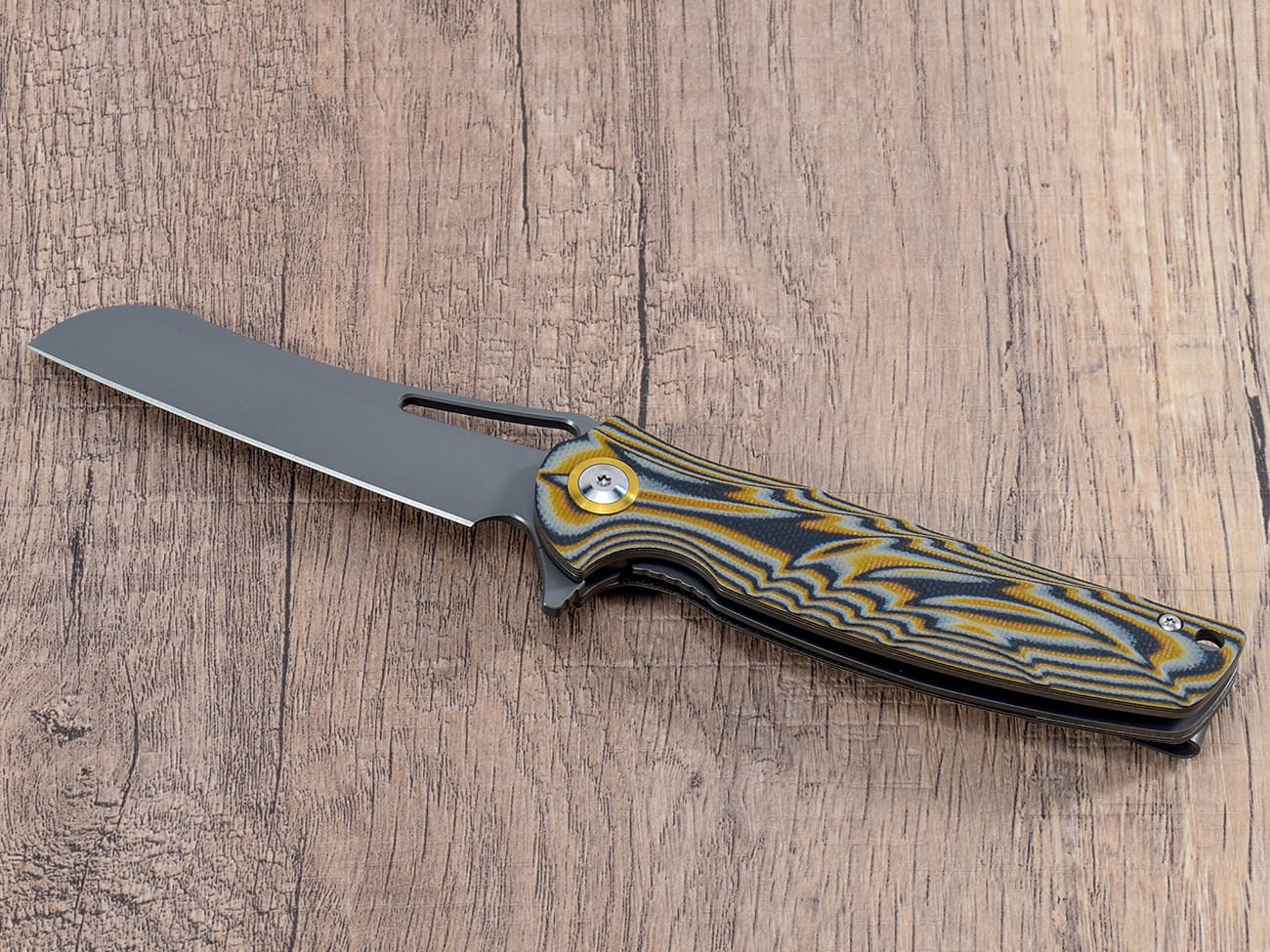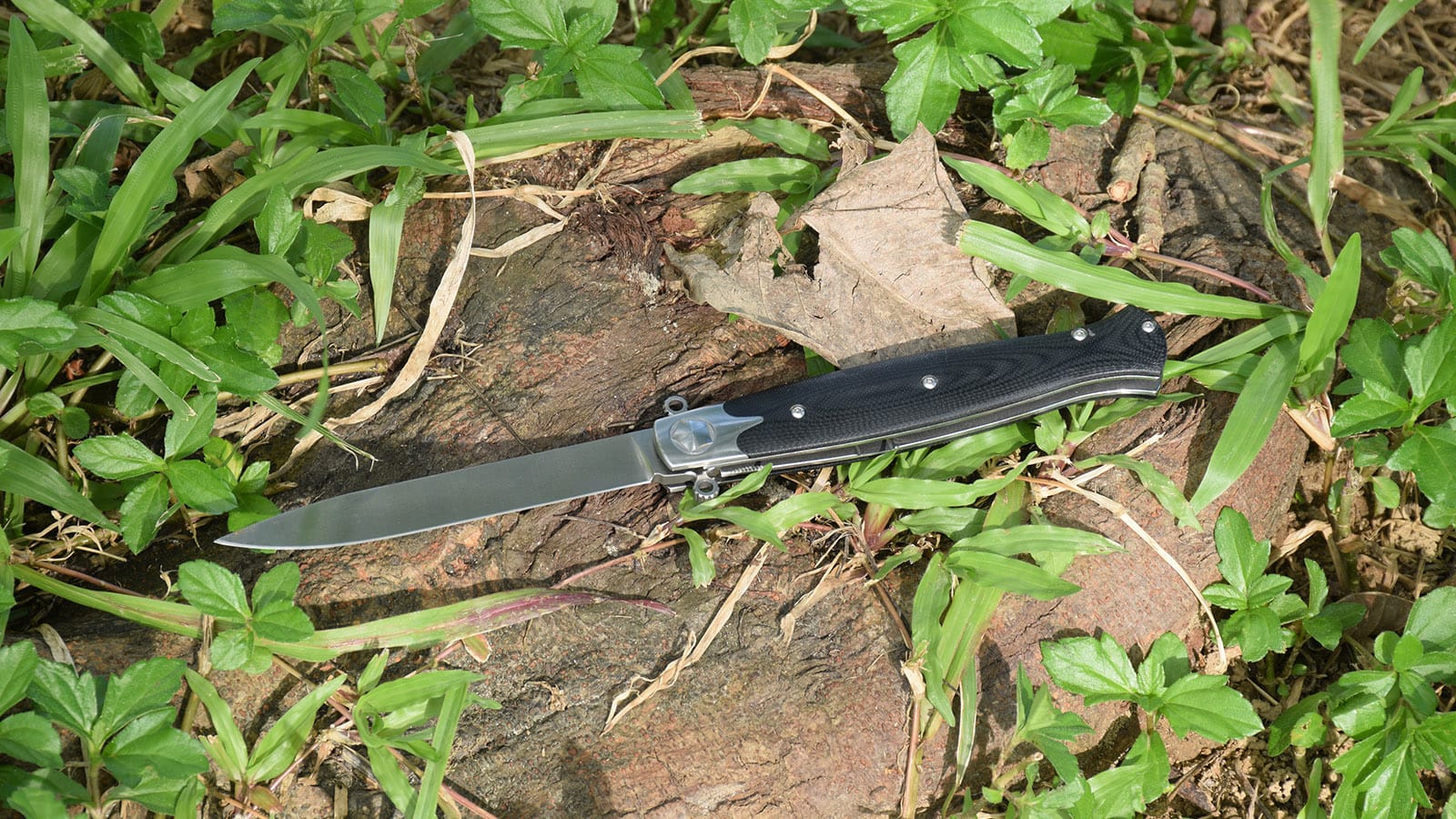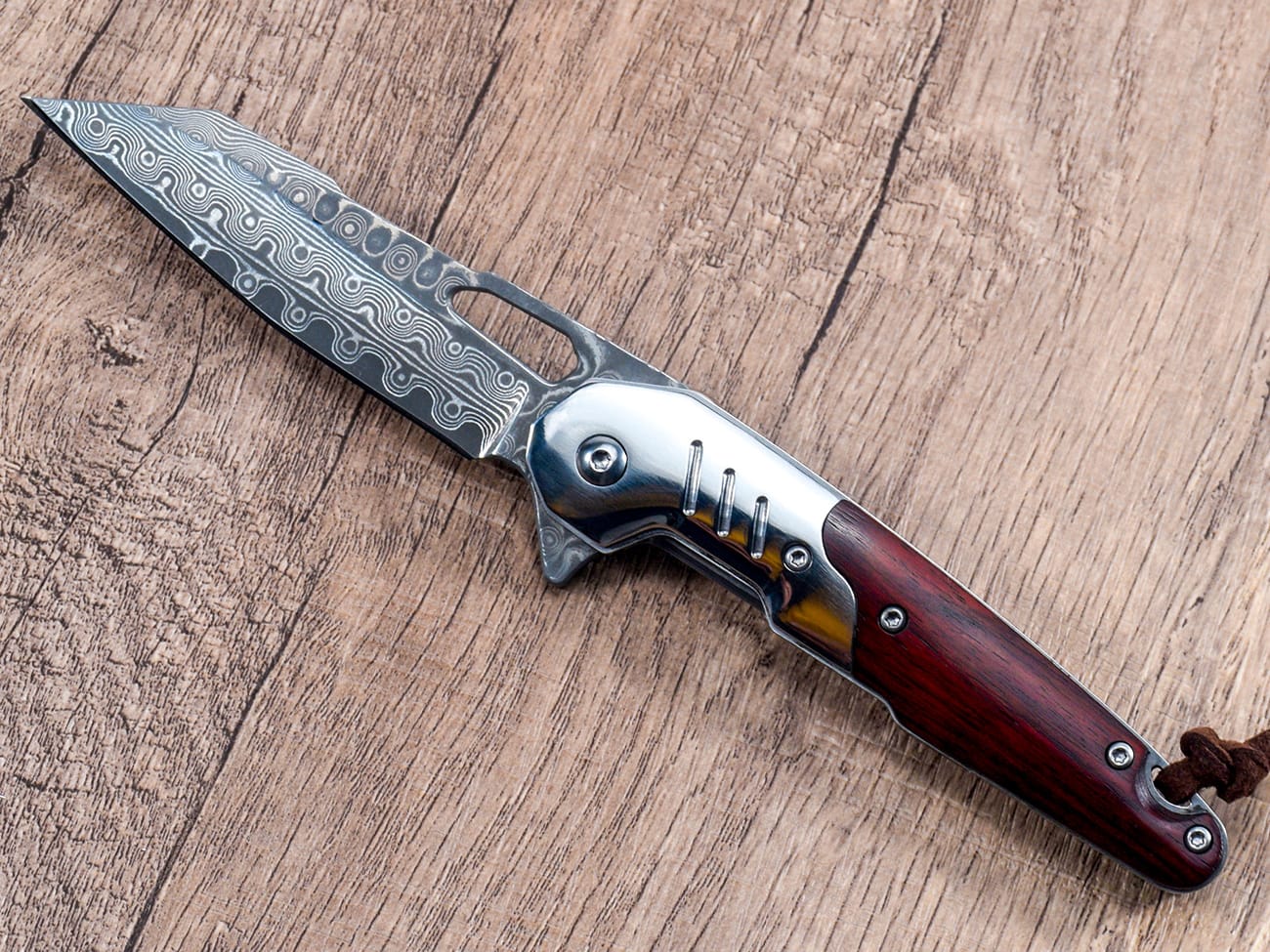In an emergency situation, having the right tools can mean the difference between life and death. One of the most versatile and potentially lifesaving tools you can carry is a rescue knife. This article will explore the many ways a rescue knife can be crucial in emergencies, from everyday accidents to natural disasters. Whether you’re a first responder, outdoor enthusiast, or simply someone who wants to be prepared, understanding the capabilities of a rescue knife could one day help you save a life – maybe even your own.
Why Every Emergency Kit Needs a Rescue Knife
A rescue knife is far more than just a cutting tool. It’s a multi-functional device designed specifically for emergency situations. Here’s why including one in your emergency preparedness kit is so important:
What Makes a Rescue Knife Different from a Regular Pocket Knife?
While both are cutting tools, rescue knives have specific features that set them apart:
- Serrated blade edges for cutting through tough materials
- Blunt tips to prevent accidental injury
- Glass breakers for vehicle escapes
- Seatbelt cutters for rapid extrication
- One-handed opening mechanisms for quick deployment
These specialized features make rescue knives invaluable in time-sensitive emergencies where every second counts.
How Can a Rescue Knife Save Lives in Car Accidents?
Vehicle accidents are one of the most common emergency scenarios where a rescue knife can be a true lifesaver:
- Cutting through jammed seatbelts to free trapped occupants
- Breaking windows to escape a sinking or burning vehicle
- Slicing through airbags that haven’t deflated
- Cutting away damaged interior materials to access injured passengers
In these situations, a rescue knife is an essential tool that can make the critical difference in saving lives.
What Role Do Rescue Knives Play in Natural Disaster Response?
During natural disasters like earthquakes, floods, or hurricanes, rescue knives become indispensable tools for both survivors and first responders:
- Cutting through debris to free trapped individuals
- Severing downed power lines or other hazardous materials
- Creating emergency shelters from available materials
- Opening sealed food and water containers when other tools aren’t available
The versatility of a rescue knife makes it an invaluable asset in unpredictable and chaotic disaster scenarios.
Can a Rescue Knife Help in Wilderness Survival Situations?
Absolutely. For hikers, campers, and outdoor enthusiasts, a rescue knife can be a crucial piece of survival gear:
- Cutting cordage for shelter building or gear repair
- Preparing kindling and tinder for fire starting
- Fashioning improvised tools or weapons for hunting/defense
- Signaling for help by creating reflective surfaces
A high-quality rescue knife can serve as the foundation for many critical wilderness survival tasks.
How Do First Responders Utilize Rescue Knives?
Professional first responders consider rescue knives essential equipment:
- Firefighters use them to quickly cut through burning materials or extricate victims
- EMTs rely on them for cutting away clothing to access injuries
- Search and rescue teams use them for a variety of tasks in challenging environments
The speed and versatility of rescue knives make them indispensable for those on the front lines of emergency response.
What Features Should You Look for in a Rescue Knife?
When selecting a rescue knife, consider these key features:
- Partially serrated blade for versatile cutting ability
- Carbide glass breaker tip
- Integrated seatbelt cutter
- One-handed opening mechanism
- Corrosion-resistant materials like stainless steel
- Ergonomic, non-slip handle for use with gloves
- Pocket clip for easy carrying
Prioritize functionality and durability over aesthetics when choosing a rescue knife.
Are There Legal Considerations for Carrying a Rescue Knife?
It’s important to be aware of local laws regarding knife carry:
- Some jurisdictions have restrictions on blade length or type
- Certain locations (schools, government buildings, etc.) may prohibit knives entirely
- Always check local regulations before carrying a rescue knife
While designed as a safety tool, rescue knives are still subject to knife laws in many areas.
How Can You Safely Practice Using a Rescue Knife?
Familiarizing yourself with your rescue knife before an emergency is crucial:
- Practice one-handed opening techniques
- Test the seatbelt cutter on old belts or webbing
- Use the glass breaker on discarded windows (with proper eye protection)
- Regularly maintain and sharpen the blade
The more comfortable you are with your rescue knife, the more effective it will be in an actual emergency.
What Are Some Everyday Uses for a Rescue Knife?
While designed for emergencies, rescue knives can be useful in daily life:
- Opening packages and letters
- Cutting cord, rope, or fishing line
- Removing splinters or thorns
- Preparing food while camping or hiking
- Minor home and auto repairs
A rescue knife’s versatility makes it a valuable everyday carry (EDC) item even outside of emergency situations.
How Does a Rescue Knife Compare to Other Emergency Tools?
While multi-tools and other devices have their place, rescue knives offer unique advantages:
- More compact and easier to carry than many multi-tools
- Faster deployment in time-sensitive situations
- Specialized features designed specifically for emergencies
- Often more durable and able to withstand extreme conditions
For pure emergency preparedness, a dedicated rescue knife is often the superior choice.

A typical rescue knife featuring a serrated blade, seatbelt cutter, and glass breaker tip
The Potential Life-Saving Impact of Carrying a Rescue Knife
Throughout this article, we’ve explored the many ways a rescue knife can be a crucial tool in emergency situations. From vehicle accidents and natural disasters to wilderness survival and everyday preparedness, the versatility and effectiveness of a well-designed rescue knife cannot be overstated.Key points to remember:
- Rescue knives have specialized features designed for emergency use
- They can be lifesavers in vehicle accidents, natural disasters, and survival situations
- First responders rely on rescue knives as essential equipment
- Look for features like serrated blades, glass breakers, and seatbelt cutters
- Practice using your rescue knife safely to build familiarity
- Be aware of local laws regarding knife carry
- A rescue knife can also serve as a useful everyday carry item
By including a high-quality rescue knife in your emergency kit or everyday carry, you’re equipping yourself with a powerful tool that could one day save a life. Remember, in an emergency, having the right tool and knowing how to use it can make all the difference. Stay prepared, stay safe, and consider making a rescue knife an essential part of your emergency readiness plan.




